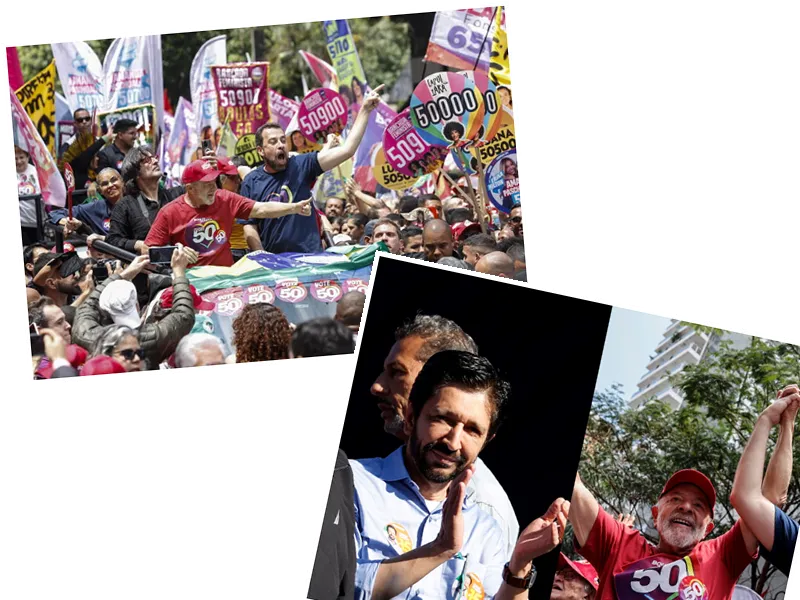European Elections: A Deep Dive Into Voter Statistics and Candidate Dynamics
The recent European Parliament elections saw over 51 million Italian voters head to the polls, with a noteworthy 3 million adults voting for the first time. Women represented a slight majority of the total voter base, with 26,300,039 (51.4%) women and 24,898,789 (48.6%) men. A fascinating element of these elections is the demographic breakdown, showing that older individuals significantly outnumber younger candidates, with twice as many candidates over the age of 64 compared to those under 35.
In Italy, 46,111,698 individuals voted domestically, augmented by an additional 4,980,997 Italians residing abroad. There were also 82,342 optants, primarily Romanians, who contributed to the electoral process. Geographical distribution revealed that the northwest constituency, including regions like Piedmont and Lombardy, boasted the largest voter base of 13,131,325, contrasting with the smallest in the islands' constituency with 6,021,277 voters.
Analyzing Top Candidates and Their Campaigns
Across Europe, crucial candidates like Manfred Weber of CSU and Ursula von der Leyen have shaped the electoral landscape. Despite previous setbacks, Weber has maintained a significant presence, continuing his role as the leader of the European People's Party and pushing key agenda items like the migration policy. Conversely, von der Leyen, although not a direct candidate, has continued to wield considerable influence within the conservative bloc.
On the flipside, the election also saw candidates embroiled in scandals and controversies. The AfD, for instance, faced significant challenges with their top candidates, Maximilian Krah and Petr Bystron, under scrutiny for various allegations, which curbed their public appearances. Meanwhile, the SPD, Greens, and FDP fought against the negative image associated with the traffic light coalition from Berlin, impacting their campaign dynamics.
Rising Influence of the Sahra Wagenknecht Alliance in East Germany
A surprising turn in this electoral cycle has been the rise of the Sahra Wagenknecht Alliance (BSW), especially in East Germany. According to a recent study by the Hans Böckler Foundation, one in four East Germans express potential support for BSW, indicating a significant shift from previous allegiance to the Left or AfD. The study reveals that BSW's program resonates deeply with those experiencing economic hardships and distrust in current institutions.
This shift among voters poses a new challenge for established parties, marking a broader trend of economic dissatisfaction propelling shifts in the political landscape. The findings suggest that BSW has not only the potential to enter the European Parliament but also to secure a substantial foothold in upcoming state elections in East Germany.
- While the turnout in the European elections has seen a continuous decline since the first elections in 1979, pockets of high engagement remain, particularly among first-time voters and students taking advantage of new voting provisions.
- The correlation between economic hardship and voter shifts towards more radical or populist parties is a crucial area of study for political analysts, as it underscores the volatility and changing priorities within the electorate. The data from studies on BSW supporters highlight the growing importance of addressing financial insecurities and institutional trust to counterbalance these shifts.






